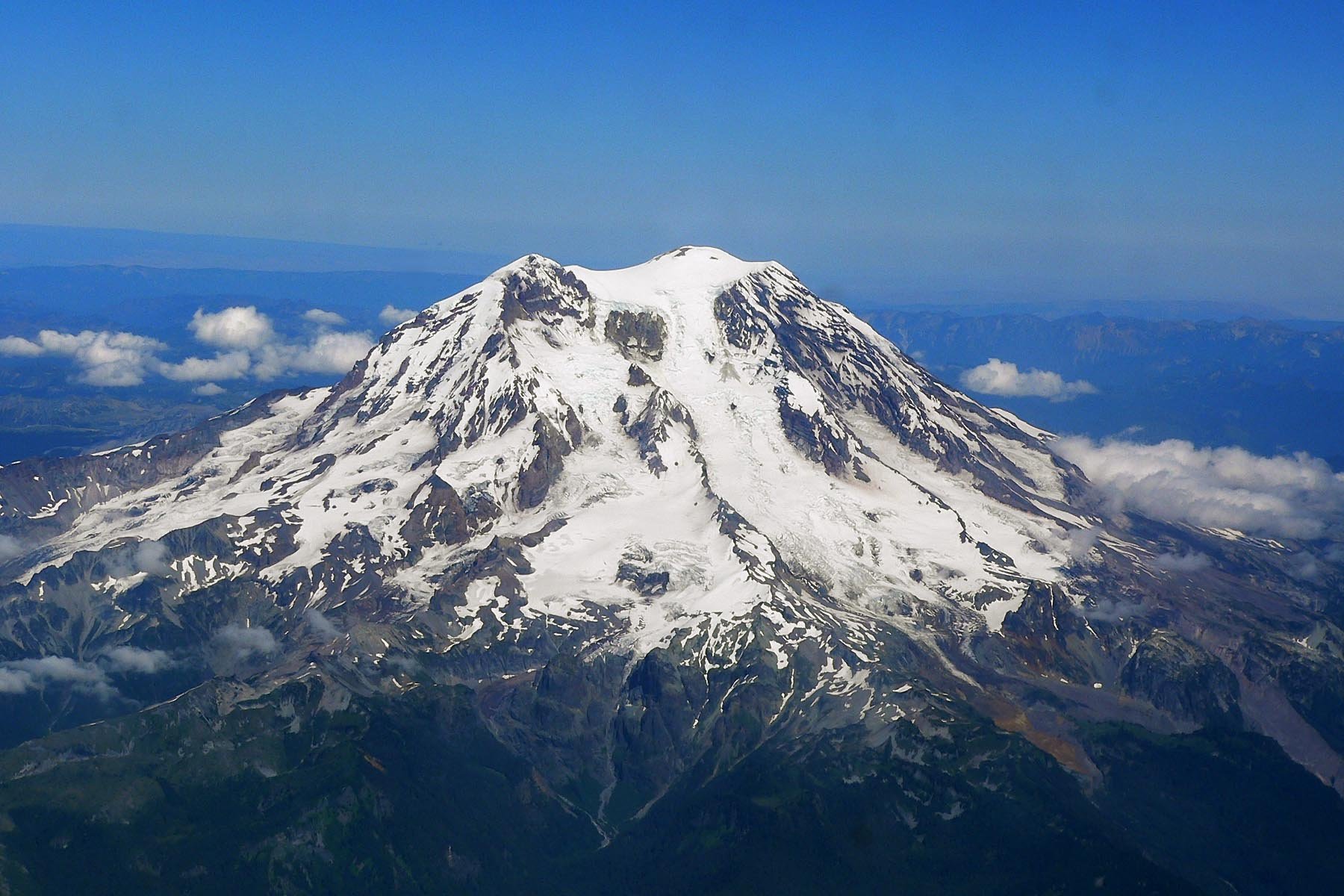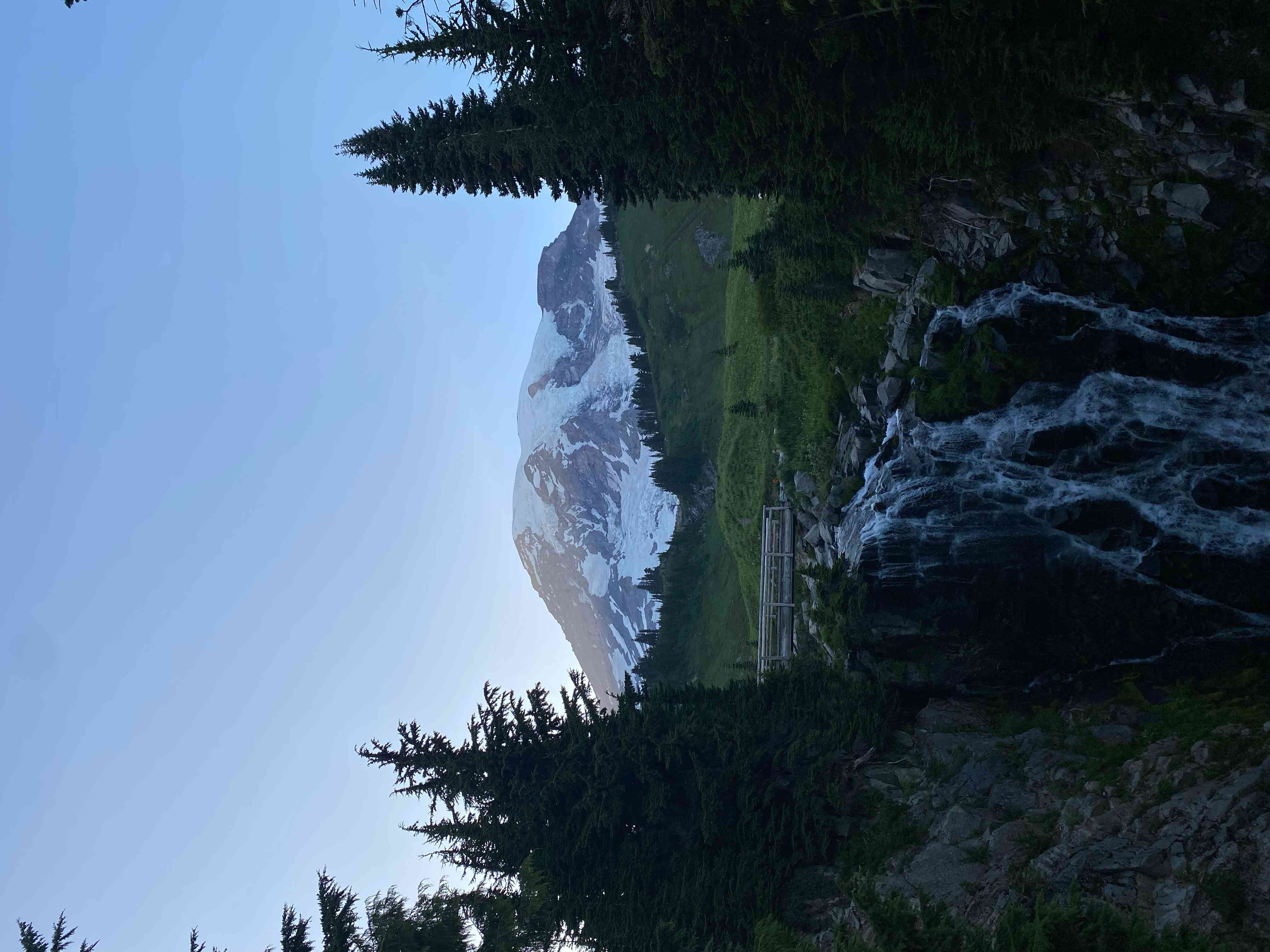The Castle Traverse at Mount Rainier is a demanding alpine route that offers breathtaking views and a true wilderness experience. This challenging trek takes hikers through rugged terrain, steep slopes, and exposed ridgelines, providing a unique perspective of Mount Rainier’s majestic landscape. The traverse requires advanced mountaineering skills, proper equipment, and careful planning due to its remote location and potential hazards.
What is the Castle Traverse at Mount Rainier?

The Castle Traverse is a high-altitude route that connects several prominent features in Mount Rainier National Park, including Castle Peak and the surrounding ridges. This traverse is not a maintained trail but rather a route that requires navigation skills and experience in alpine environments. Hikers undertaking this challenge can expect:
- Steep, rocky terrain
- Exposed ridgelines
- Potential snow and ice fields, even in summer
- Spectacular views of Mount Rainier and surrounding peaks
- A true wilderness experience away from crowded trails
What are the Current Trail Conditions for the Castle Traverse?

Before attempting the Castle Traverse, it’s crucial to understand the current conditions:
-
Weather Variability: Mount Rainier’s weather is notoriously unpredictable and can change rapidly. Conditions on the traverse can be significantly different from those at lower elevations.
-
Snow and Ice: Snow can persist well into summer, especially on north-facing slopes. Ice axes and crampons may be necessary even in late season.
-
Trail Status: As an off-trail route, there is no official maintenance. However, checking with park rangers for any known hazards or closures is essential.
-
River Crossings: Melting snow can cause rivers to swell, making crossings dangerous. Early morning crossings are typically safer when water levels are lower.
To get the most up-to-date information, hikers should:
- Check the Mount Rainier National Park website for current alerts
- Consult with park rangers at visitor centers
- Review recent trip reports from other hikers
How Does the Elevation Affect the Castle Traverse Experience?
The Castle Traverse takes place at high elevations, which significantly impacts the hiking experience:
| Aspect | Impact |
|---|---|
| Physical Demand | Higher elevations mean less oxygen, making physical exertion more challenging |
| Weather | Conditions can be more extreme and change more rapidly at higher elevations |
| Views | Spectacular panoramic views of Mount Rainier and surrounding peaks |
| Flora and Fauna | Unique alpine ecosystems with specialized plant and animal life |
Acclimatization Tips:
- Spend a night at higher elevation before starting the traverse
- Ascend gradually to allow your body to adjust
- Stay well-hydrated and avoid alcohol
- Be aware of altitude sickness symptoms and descend if they occur
What Wildlife Might Be Encountered on the Castle Traverse?
The alpine environment of the Castle Traverse is home to various wildlife species adapted to high-altitude conditions:
- Mountain Goats: Often seen on rocky slopes and ridges
- Marmots: Listen for their distinctive whistles
- Pikas: Small, rabbit-like creatures that inhabit talus slopes
- Golden Eagles: Occasionally spotted soaring above the ridges
- Clark’s Nutcrackers: A bird species well-adapted to high-altitude forests
Wildlife Viewing Tips:
- Observe from a distance using binoculars
- Never feed or approach wildlife
- Store food properly to avoid attracting animals to your campsite
- Be especially cautious around mountain goats, which can be aggressive if approached too closely
What are the Logistical Details for Accessing the Castle Traverse?
Accessing the Castle Traverse requires careful planning:
- Trailhead Access: The specific trailhead may vary depending on your chosen route. Common starting points include:
- White River Campground
-
Sunrise Visitor Center
-
Parking: Limited parking is available at trailheads. Arrive early during peak season to secure a spot.
-
Permits:
- Wilderness Camping Permit required for overnight stays
-
National Park entrance fee or pass required
-
Transportation:
- Personal vehicle is the most common method
- Shuttle services are available to some trailheads during peak season
What Equipment is Necessary for the Castle Traverse?
The Castle Traverse requires specialized equipment due to its challenging nature:
- Navigation tools (map, compass, GPS)
- Ice axe and crampons (even in summer)
- Helmet for protection from rockfall
- Sturdy hiking boots with good ankle support
- Layered clothing for variable weather conditions
- Emergency shelter and first aid kit
- Sufficient food and water for the duration of the trip
How Long Does the Castle Traverse Take?
The duration of the Castle Traverse can vary significantly based on factors such as:
- Hiker experience and fitness level
- Weather conditions
- Chosen route and side trips
- Time spent on photography or wildlife viewing
On average, experienced hikers should plan for:
- 2-3 days for the complete traverse
- 10-12 hours of hiking per day
- Additional time for acclimatization and potential weather delays
What are the Best Times to Attempt the Castle Traverse?
The optimal window for attempting the Castle Traverse is typically:
- Mid-July to early September
- When most snow has melted from the route
- During periods of stable weather
Factors to consider when choosing your dates:
- Snow conditions: Later in the season generally means less snow, but also increased rockfall hazard
- Daylight hours: Longer days in mid-summer provide more hiking time
- Weather patterns: August often has the most stable weather, but can also be busier
- Wildfire season: Check for any active fires or smoke conditions in the area
What are the Safety Considerations for the Castle Traverse?
Safety is paramount when attempting the Castle Traverse:
-
Route Finding: The traverse is not a marked trail. Strong navigation skills are essential.
-
Weather Awareness: Be prepared for rapid weather changes and know when to turn back.
-
Physical Preparation: The traverse is physically demanding. Proper training and conditioning are crucial.
-
Emergency Communication: Carry a satellite communication device, as cell service is unreliable.
-
Leave No Trace: Practice proper wilderness ethics to preserve the environment.
-
Partner System: Never attempt the traverse alone. Always hike with at least one experienced partner.
-
Inform Others: Leave a detailed trip plan with a responsible person not on the trip.
By thoroughly preparing and respecting the challenges of the Castle Traverse, hikers can experience one of Mount Rainier’s most rewarding and awe-inspiring adventures. Remember that the mountain will always be there – prioritize safety and be willing to adjust plans based on conditions and personal limitations.
References:
1. https://www.nps.gov/mora/planyourvisit/trails-and-backcountry-camp-conditions.htm
2. https://www.fs.usda.gov/recarea/mbs/recarea/?recid=18162
3. https://www.wta.org/go-hiking/hikes/the-castle
